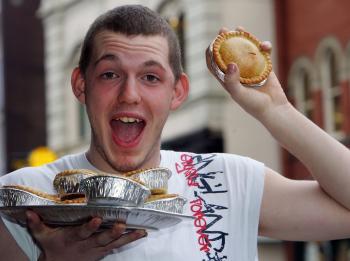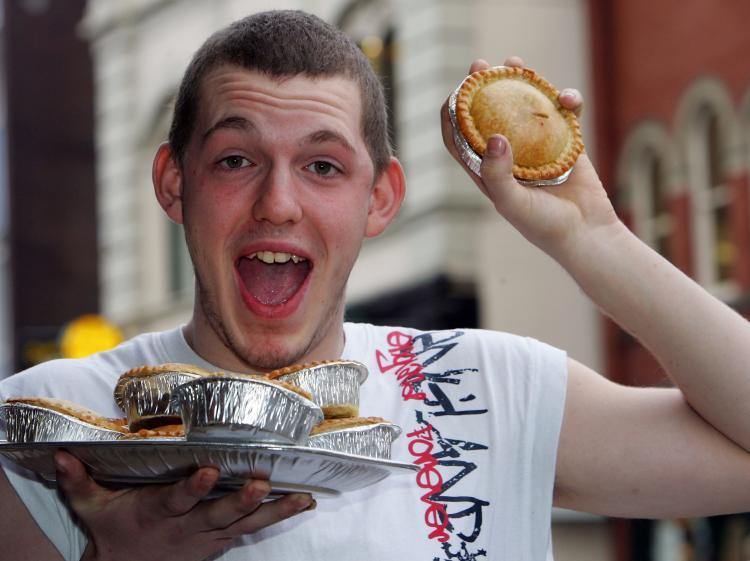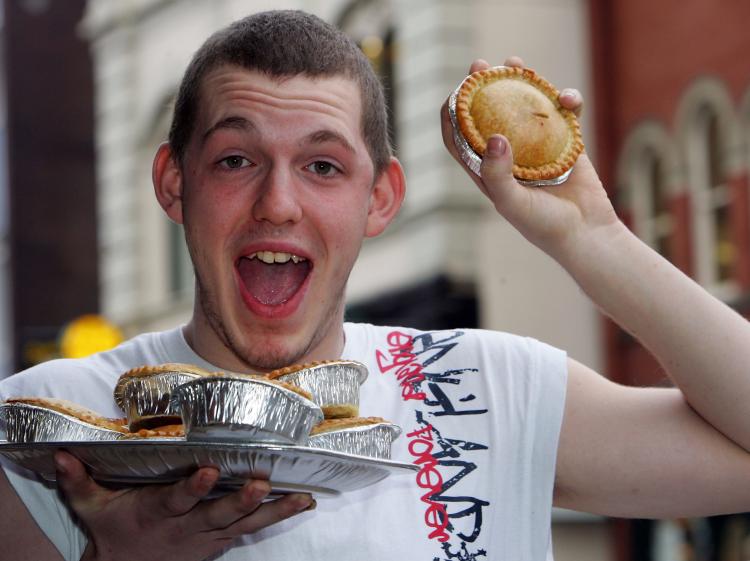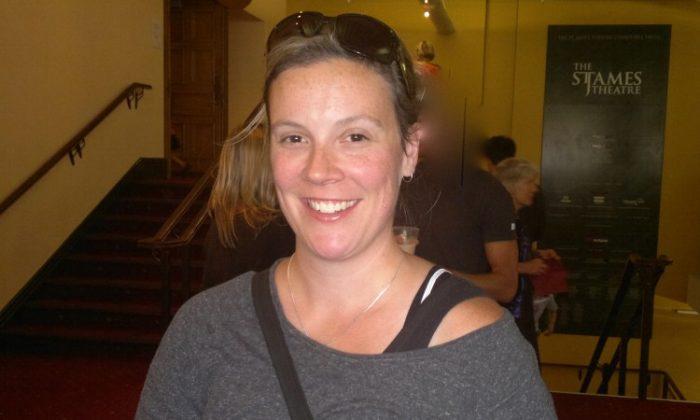Fizzy drinks and fatty foods, including the traditional fatty pie are banned. Only healthy food is allowed in school canteens and kids are going straight to the dairy instead, say teachers. The new guidelines from the Healthy Eating–Healthy Action (HeHa) programme in schools are part of the Ministry of Health’s overall plan to reduce obesity, diabetes and heart disease in New Zealand.
HeHa has set out the criteria for food in schools, which now fall into ‘everyday’, ’sometimes’ and ‘occasional’ categories. The ‘occasional’ category contains foods that are high in sugar, salt or fat and can only be sold at a fundraising or gala event no more than once a term.
Straight to the Dairy
Principal of Hamilton’s Fraser High, Martin Elliot, says students are ‘voting with their feet’ and heading to local dairies instead. “Some of our kids arrive at school, pockets bulging with lollies, eating the most unhealthy fatty meat pies you can think of, drinking sugar laden drinks.”
With several dairies and a mall close to the school boundary, the money some students bring for lunches is spent before they even reach the school, he said.
“They eat their pie on the way to school and then they will last until they get home, they will keep a $1.50, and then they will hit the mall and they will eat another pie at the mall and get a 70 cent bottle of drink.”
He said the plan may work for young kids, but secondary school-aged children are different. “You can make a seven year old sit in the shade with a hat on and eat their lunch and talk quietly and don’t push each other and don’t do anything because with a seven year old you can do that.
“Try doing that with a 15 year old... If you have had teenagers you know what I am talking about—I have 1800 of them here.”
Learning about diet and food should begin at home, Mr Elliot said.
“A kid is only at school for one meal in their day. And they don’t actually have to eat that meal here as we are finding. So they eat breakfast at home, they eat their main meal at home and so that is where the key issue is.”
The HeHa strategy aims at educating New Zealanders about nutrition and promote more exercise in all age groups, but HeHa District Co-ordinator for the Waikato District Health Board, Sheryl Hanratty, said there has been little interest shown in such projects from secondary schools and agrees that dairies present an obstacle for many schools.
“In the end we know that food has huge impact on children’s ability to learn so that is really key in that school environment and our messages need to be consistant with what we are teaching. If we are teaching about good nutrition in schools we need to be providing food that meets that guideline on site,” Ms Hanratty said.
Survival of School Canteens
Some canteens owners are worried that the new guidelines will spell the end of their operations.
“I am totally behind healthy food in schools,” Fraser High canteen manager Phillipa Hickory said, “But healthy food is expensive.”
“I honestly think they would have been better to subsidise healthy food. Before this came in we were selling our junk food at a dearer rate and our healthy food as cheap as possible so one sort of subsidised the other and our healthy food was going and it was working.”
Ms Hickory suggests that sports should also be subsidised. “Some of these obese kids aren’t getting the exercise because they can’t afford to join the sports team. You are looking at several hundred dollars to play basketball or rugby or anything like that these days.”
Hamilton Boys High canteen changed to the ’regulation' pie for the first two months of this year.
“We tried to get the healthier pies into the boys but the boys just wouldnt eat it,” canteen owner Manuel Monga said. He said the boys got McDonald’s instead.
“We went from 1500 pies a week down to 400 pies.”
There Are Better Ways, Says Former Teacher
Grass roots nutrition is as important to learn as the other basic skills—writing, reading and mathematics—Dee Pigneguy ex-teacher and co-author of the book Feed Me Right said.
HeHa is a step towards changing people’s “attitudes toward food and healthy eating” she said, and people must take personal responsibility for their health. But the information that would help them is not always readily available.
“You can remove the junk from tuckshops, but unless kids understand why they need nutrients supplied by nature’s whole foods it will be hard to undo the years of advertising, and conditioning that kids have been subjected to,” Ms Pigneguy said.
“Parents would almost need to stop shopping at supermarkets with kids and start frequenting local greengrocers, health food stores and butchers as well as farmers markets to introduce them to a whole new food culture based on health and not profits. Gardening in schools would have to be a priority as well.”






Friends Read Free